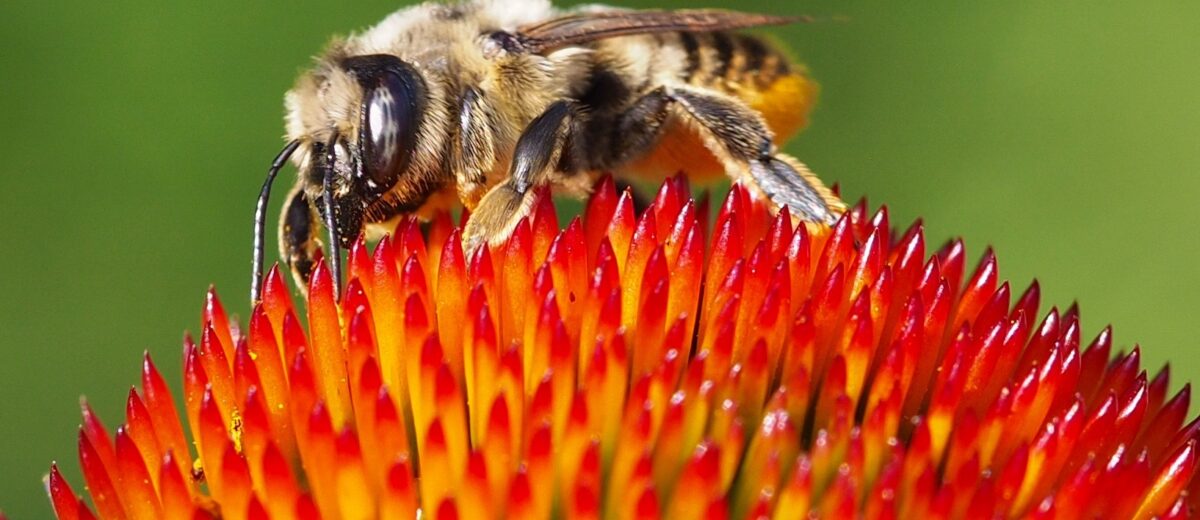by Catherine Schmitt; photo by David Manski
Natural stories are for everyone, and we need everyone to help create them. This is why we support and promote citizen science, and why today, World Bee Day, we share this request from the Maine Bumble Bee Atlas to help complete their statewide survey of rare or unusual species, including the endangered rusty-patched bumble bee, in certain priority towns as well as hilltops, mountains, and alpine areas above 1,000 feet elevation; coastal islands in the Acadia archipelago; and wetlands such as peatlands, bogs, and fens. Just by paying attention—and sharing your bee photos via iNaturalist—you can help us protect biodiversity.
Here at Schoodic Institute, our ecologists practice what is sometimes called “small science.” Small means local, with a focus on specific places—in our case, primarily the Schoodic Peninsula, as well as all of Acadia.
In his regular surveys along the Schoodic Loop Road, Bird Ecology Director Seth Benz knows the hotspots (and hot times) for migrating birds, from the apple trees at Frazer Point to the tidepools around Little Moose Island. Marine Ecology Director Hannah Webber knows down to the week when the rockweed is reproducing, and our forest ecologist President and CEO Nick Fisichelli knows where and when to look for the first unfurling leaves overhead each spring, and which trees are likely to survive in a warming climate. Education Specialist Sarah Hooper and the students she works with know where and when the green crabs will eat the clams in the Gouldsboro mud flats.
Such intense focus is anything but narrow-minded, the repetition anything but dull. Small science leads to big questions. Watching, listening, and counting, season after season, year after year, accrues a database of information that can be analyzed for trends that show just how quickly and dramatically this place is changing.
Small science includes “natural history,” which is not really history but natural story, a pursuit of knowledge about the world and stories of the plants, animals, fungi, and microscopic beings that share the Earth with us. Because of its diversity of environments, from mountain summits and deep lakes to forests, wetlands, and shorelines, Acadia National Park has long been a place to learn and share such stories. Today’s small science continues a legacy of natural history observations, from thousands of years of Wabanaki relationship with the land and water, to two centuries of discovery about the life that lives here. Science Information Specialist Emma Albee helps document this legacy by digitizing and archiving historical data and publications.
Join us in learning, sharing information, and protecting the biodiversity of Acadia and beyond, through the Maine Bumble Bee Atlas and other citizen science efforts. And stay tuned for a new “natural story” next month with more details about Acadia’s bumble bees.
Happy World Bee Day.
